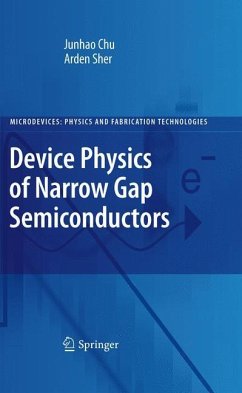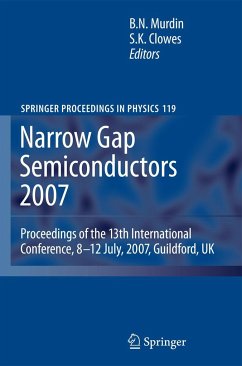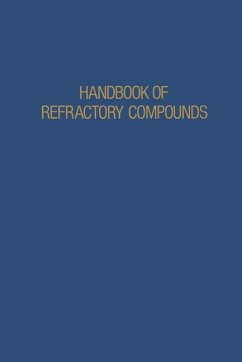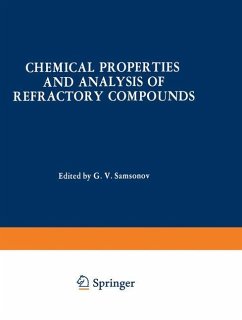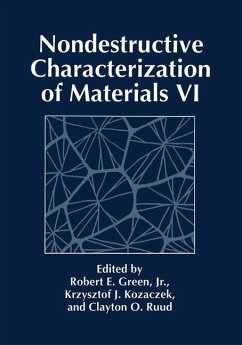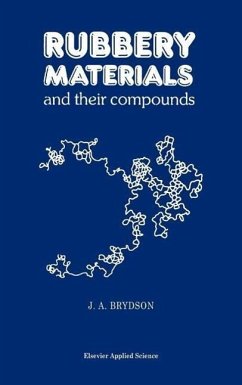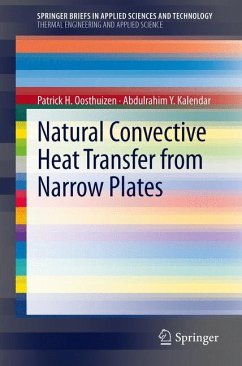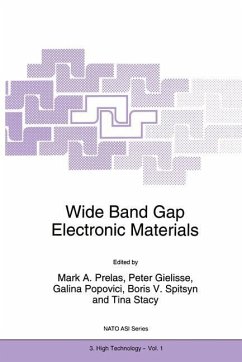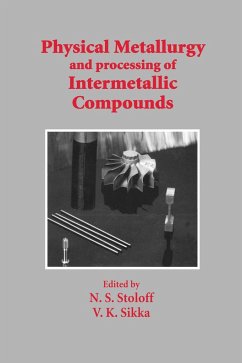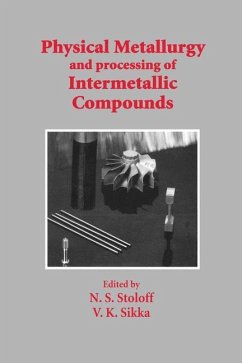
Narrow-gap II-VI Compounds for Optoelectronic and Electromagnetic Applications
Versandkostenfrei!
Versandfertig in 6-10 Tagen
151,99 €
inkl. MwSt.

PAYBACK Punkte
76 °P sammeln!
The field of narrow-gap II-VI materials is dominated by lhe compound mercury cadmium telluride, MCT or Hg1_ .. Cd .. Te. By varying the x value, material can be made to cover all the important infrared (lR) ranges of interest. It is probably true to say that MCT is the third most studied semiconductor after silicon and gallium arsenide. As current epitaxial layers of MCT are mainly grown on bulk CdTe family substrates these materials are included in this book, although strictly, of course, they are not 'narrow-gap'. This book is intended for readers who are either new to the field or are exper...
The field of narrow-gap II-VI materials is dominated by lhe compound mercury cadmium telluride, MCT or Hg1_ .. Cd .. Te. By varying the x value, material can be made to cover all the important infrared (lR) ranges of interest. It is probably true to say that MCT is the third most studied semiconductor after silicon and gallium arsenide. As current epitaxial layers of MCT are mainly grown on bulk CdTe family substrates these materials are included in this book, although strictly, of course, they are not 'narrow-gap'. This book is intended for readers who are either new to the field or are experienced workers in the field who need a comprehensive and up to date view of this rapidly expanding area. To satisfy the needs of the frrst group each chapter discusses the principles underlying each topic and some of the historical background before bringing the reader the most recent information available. For those currently in the field the book can be used as a collection of useful data,as a guide to the literature and as an overview of topics covering the wide range of work areas.





